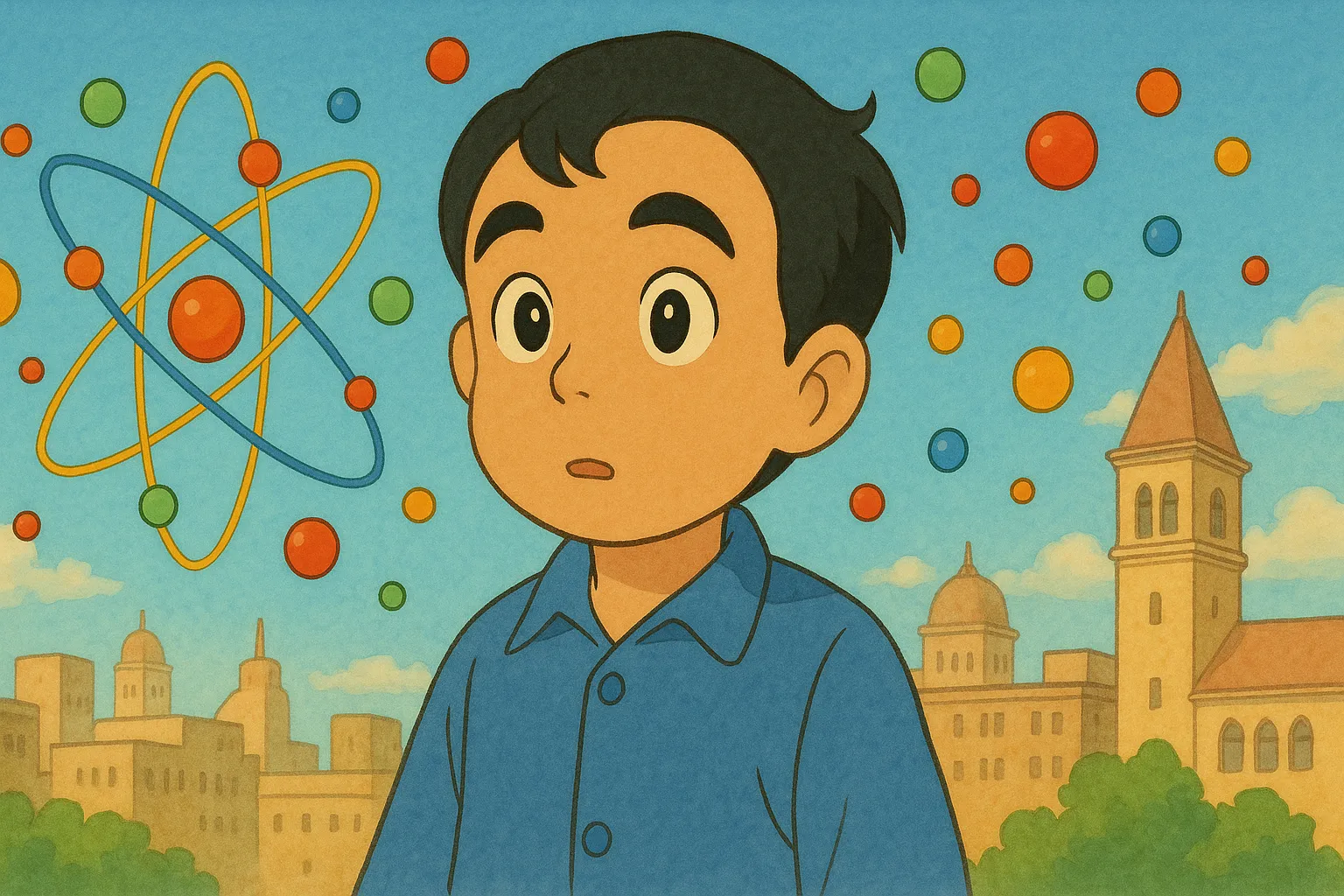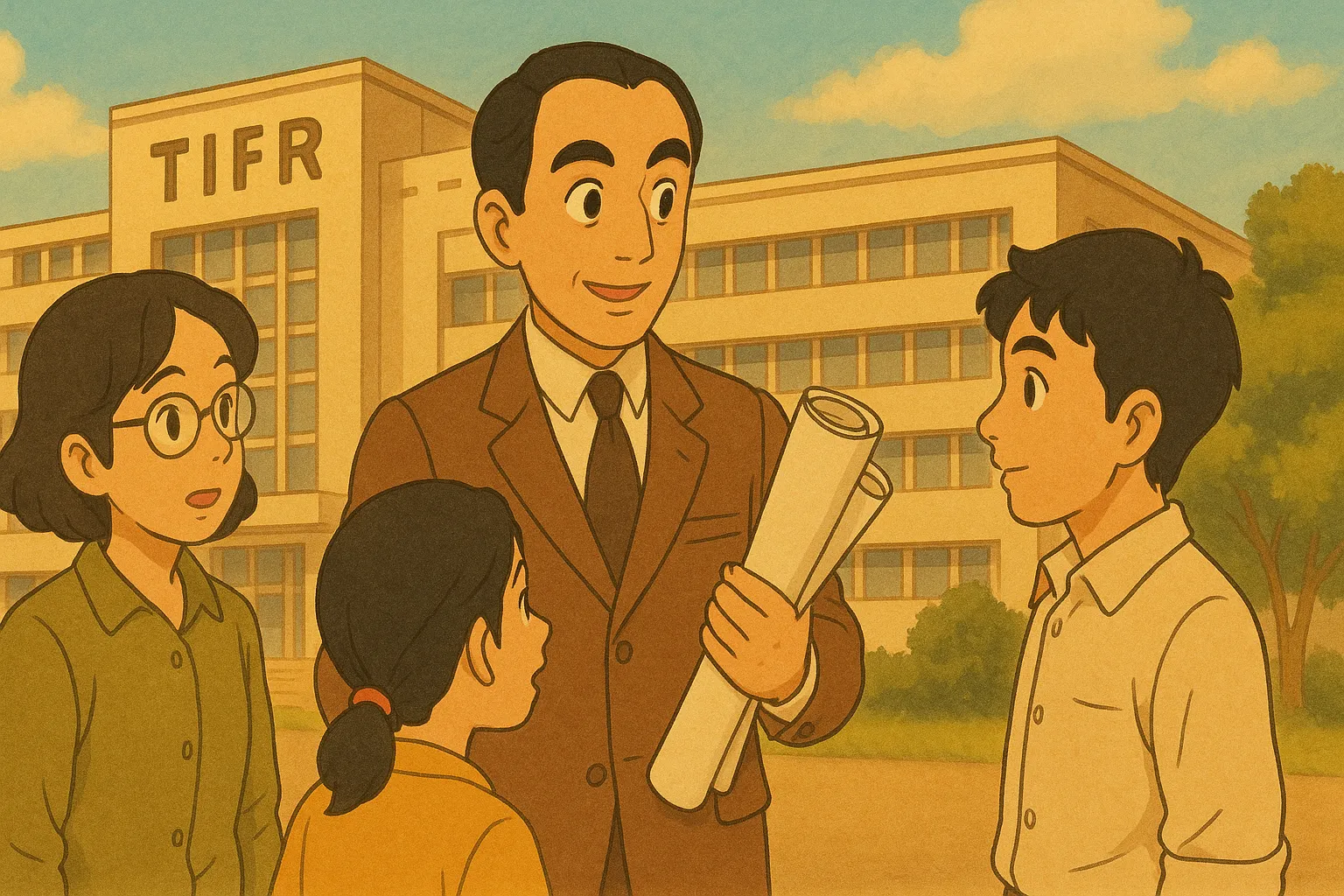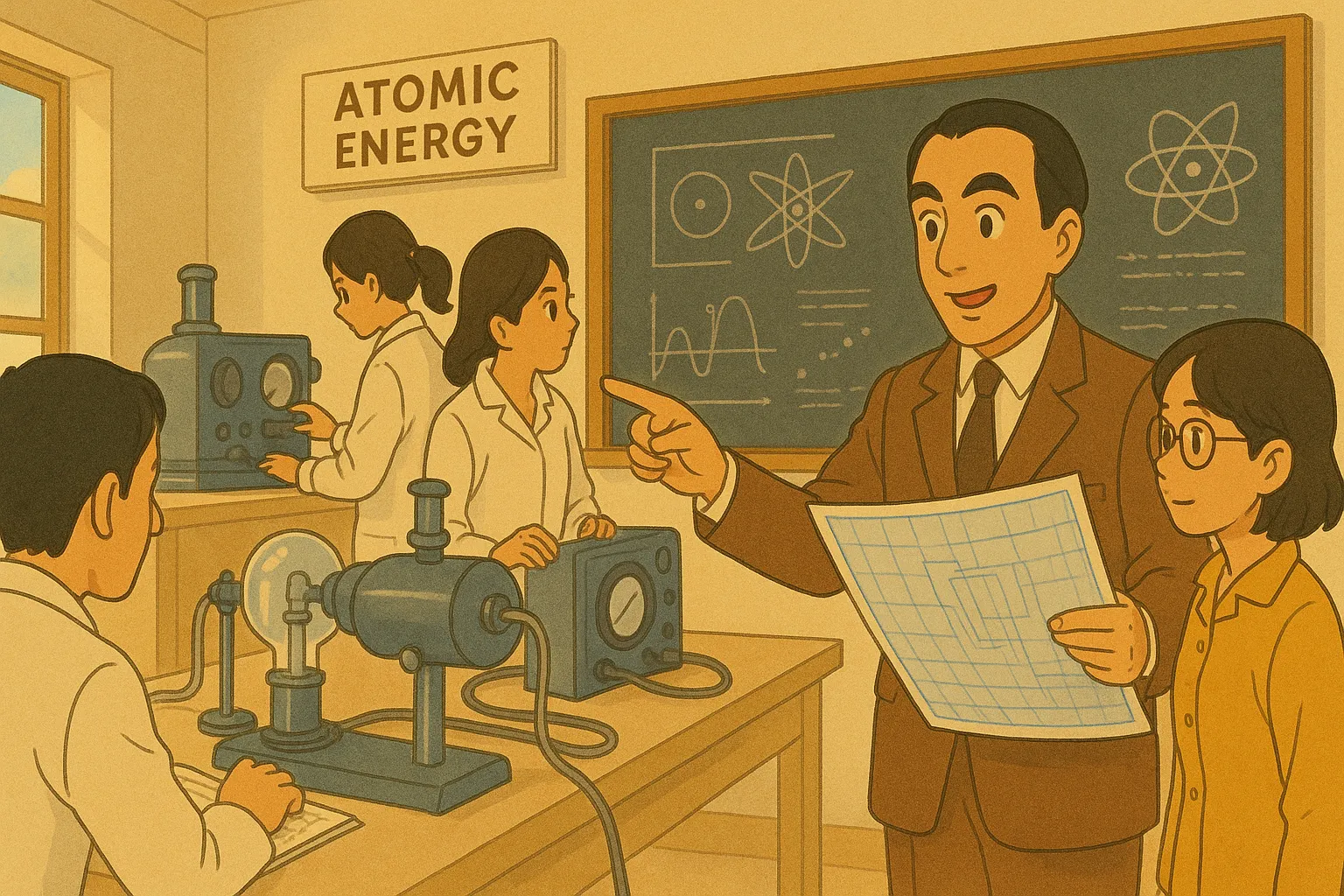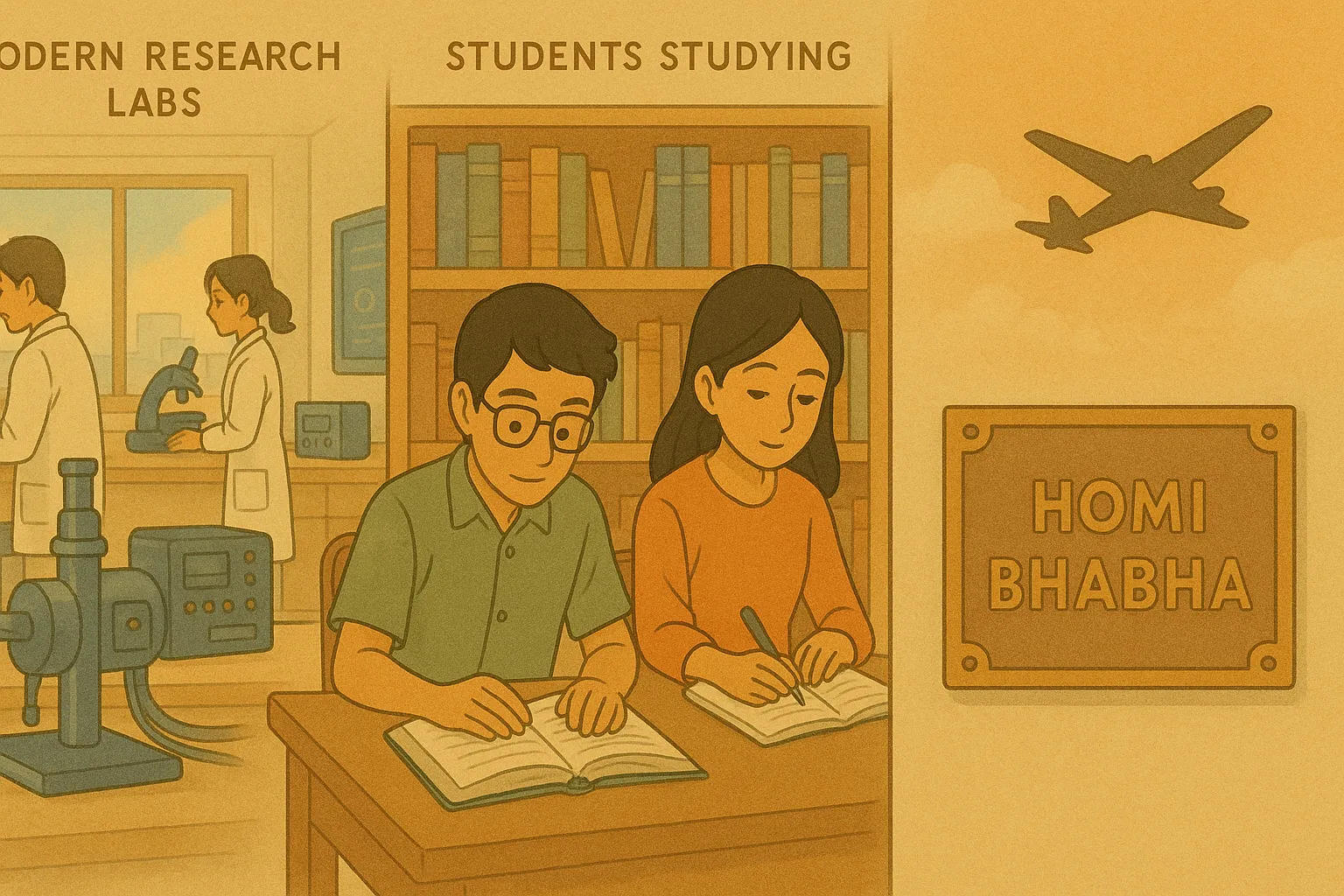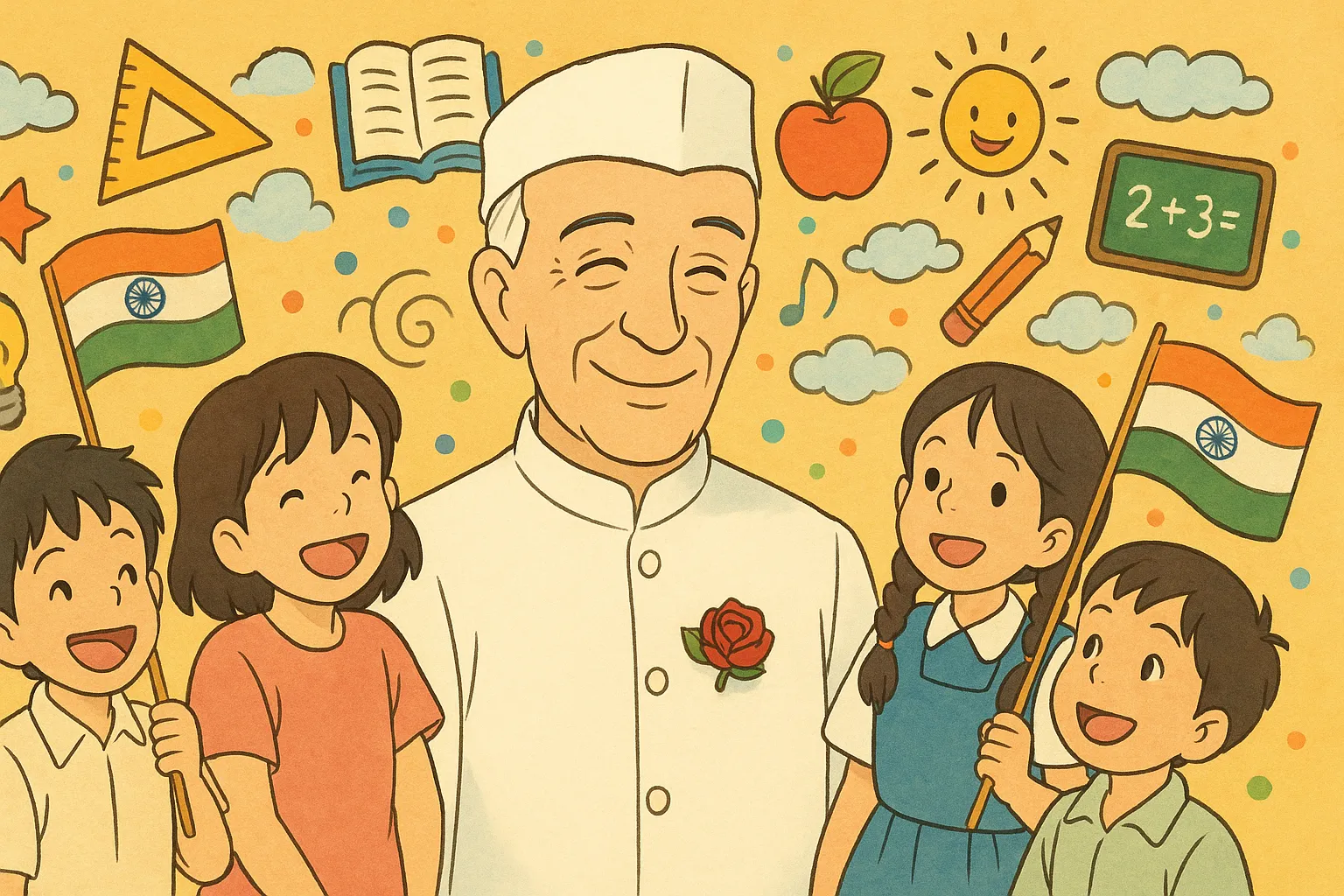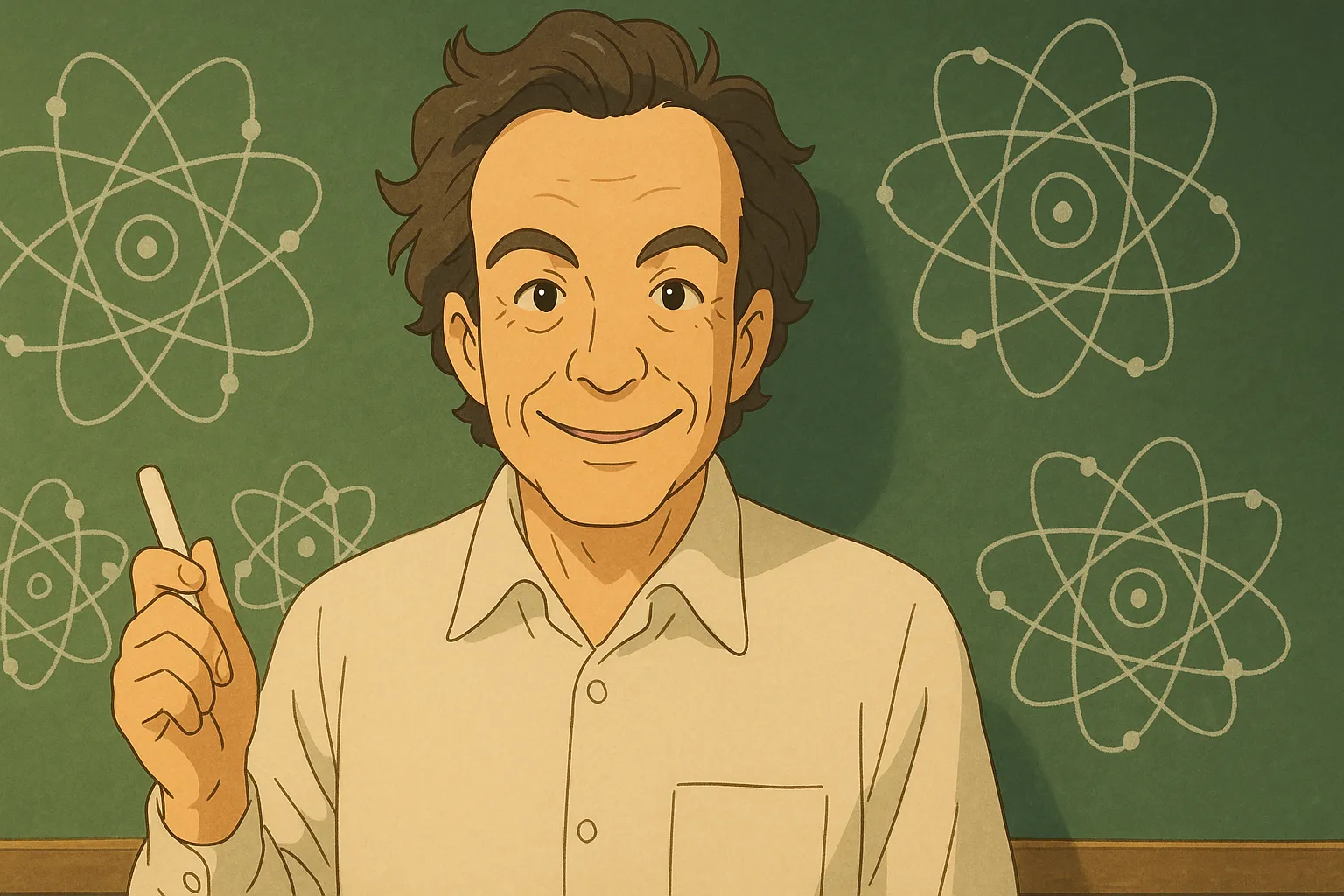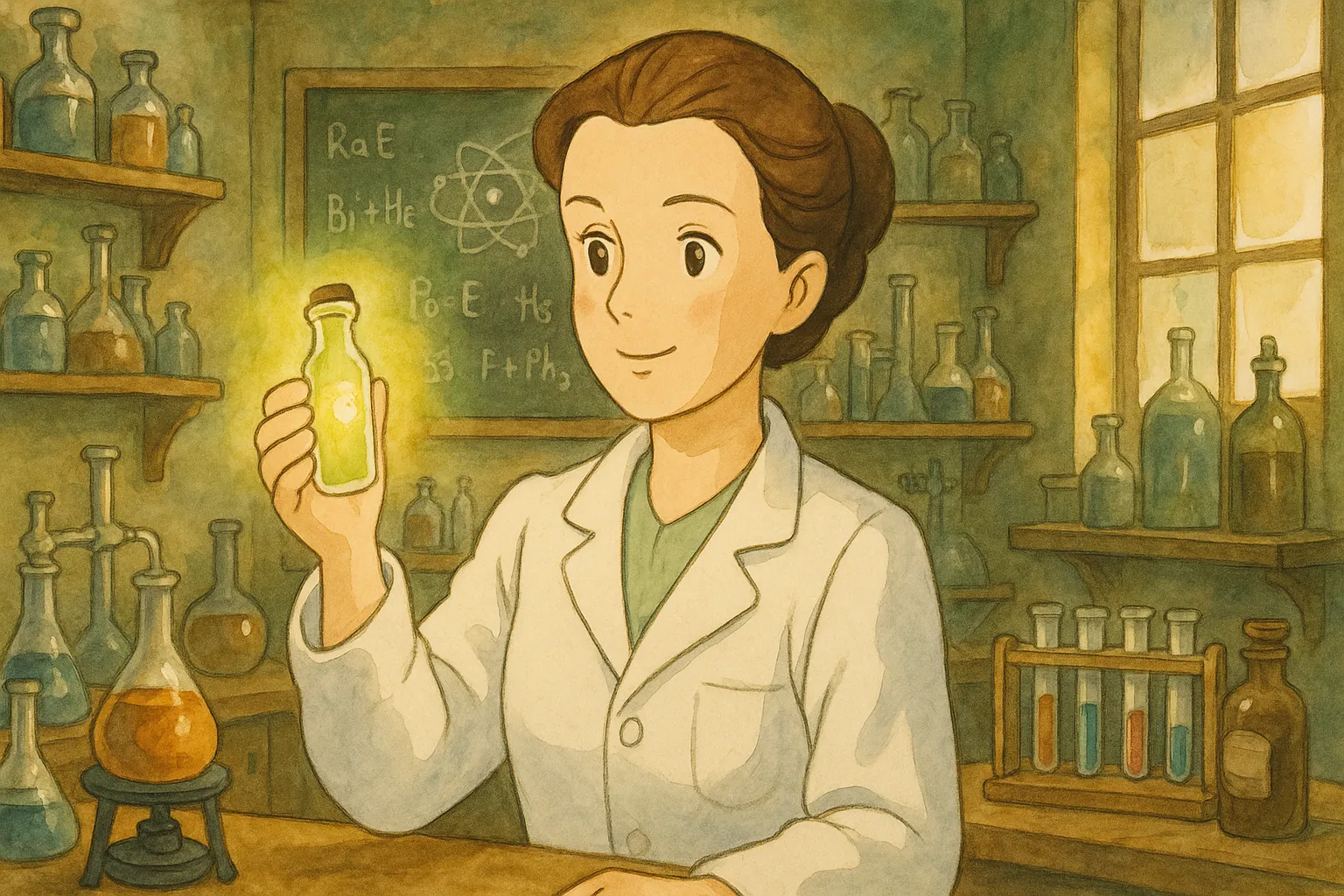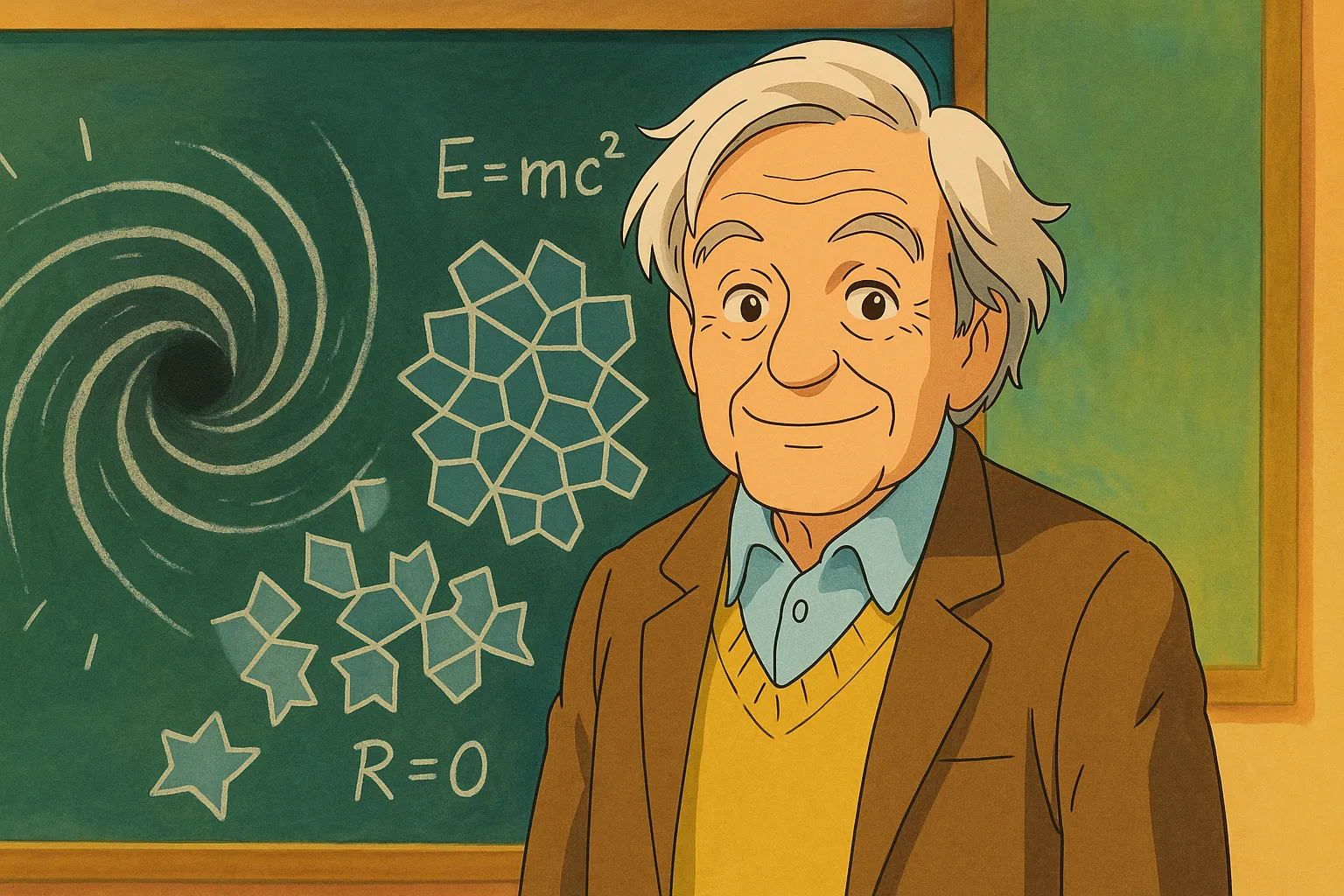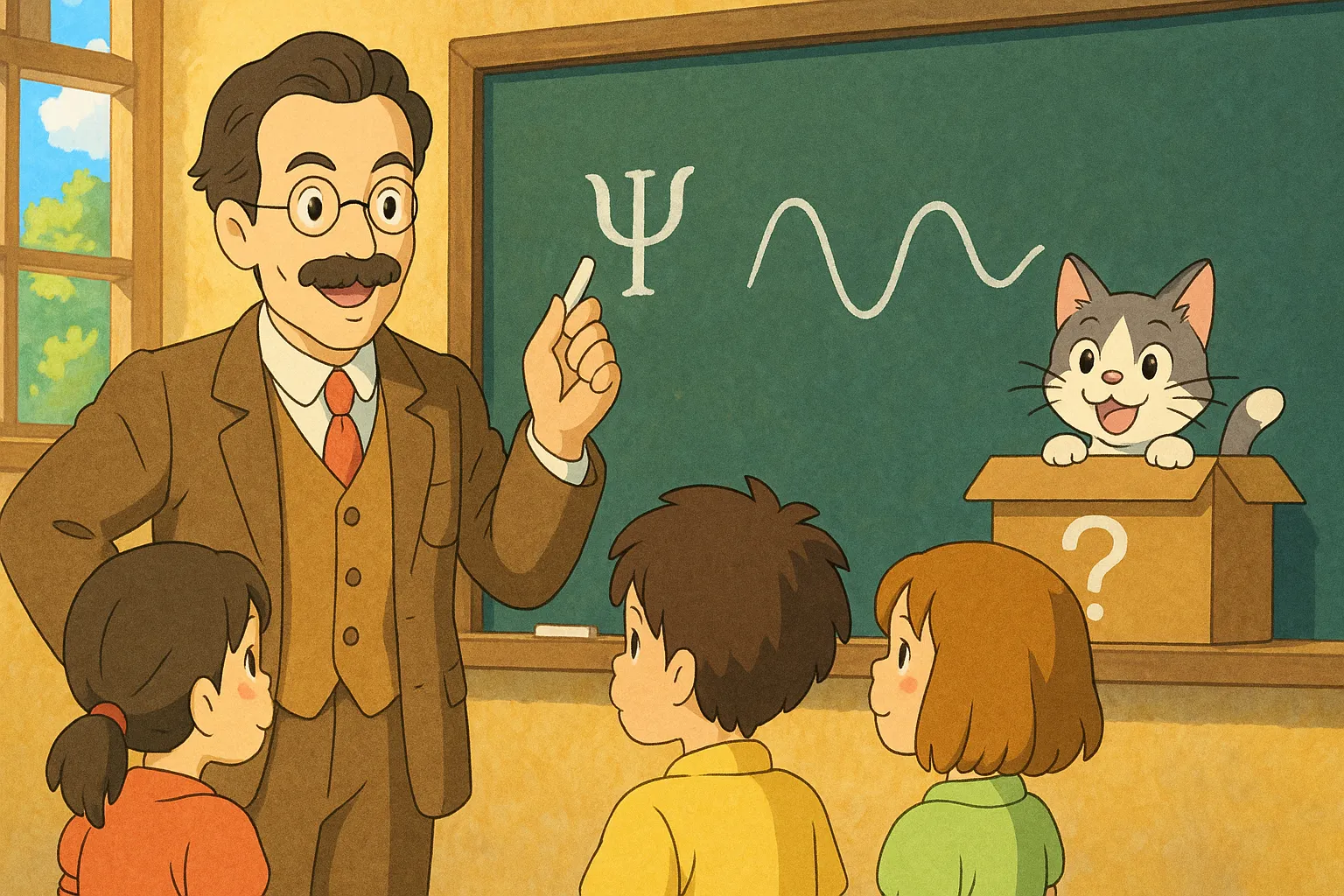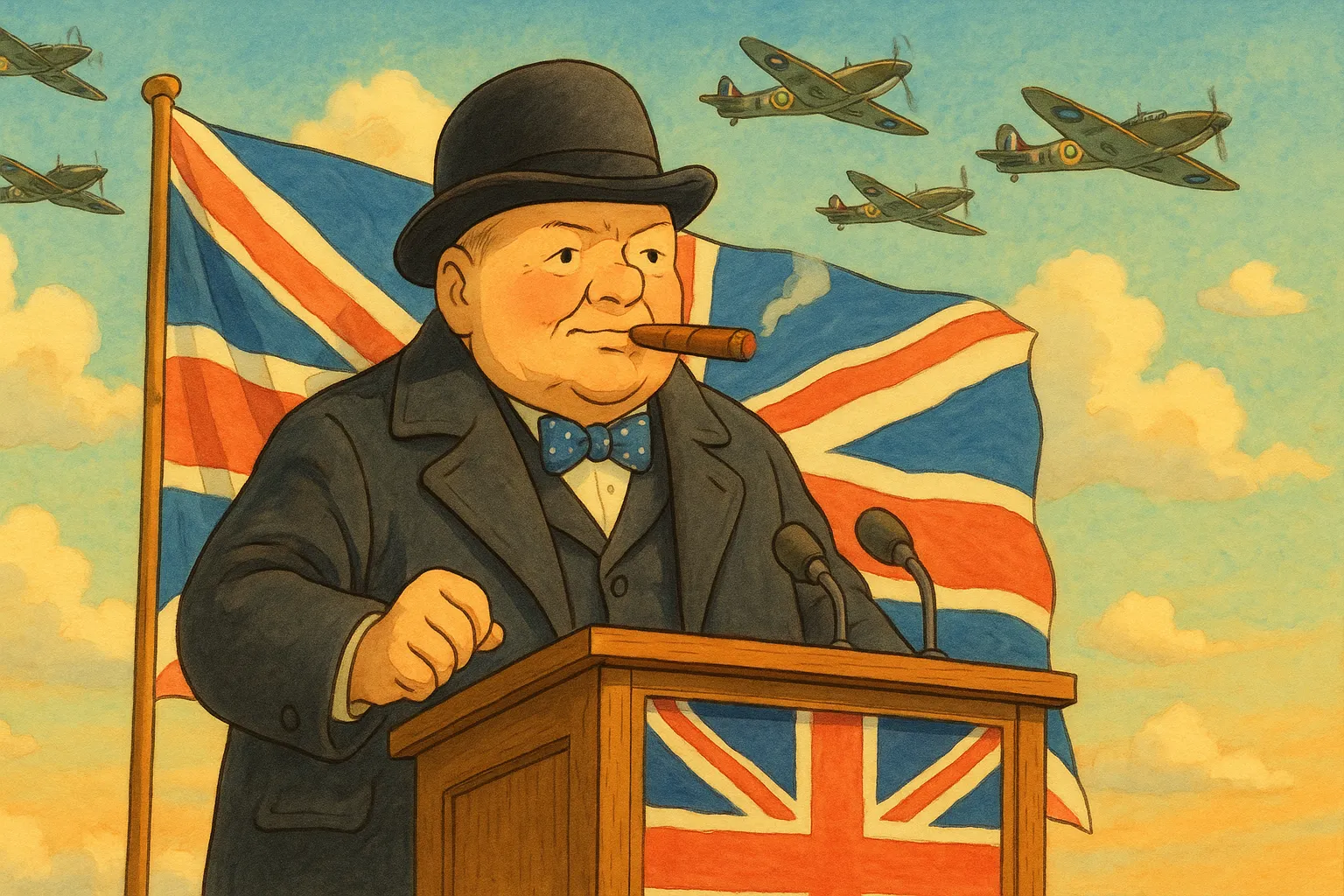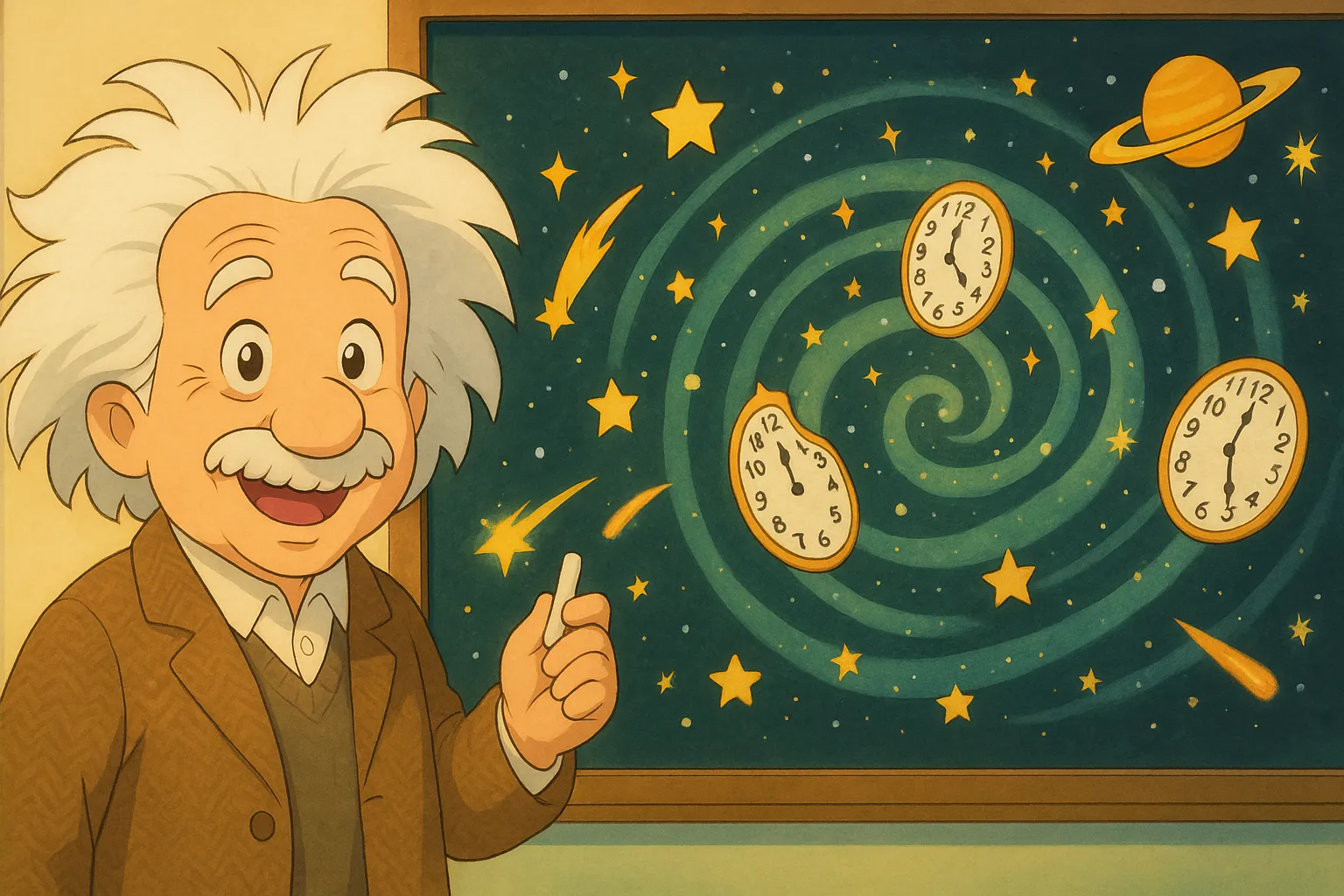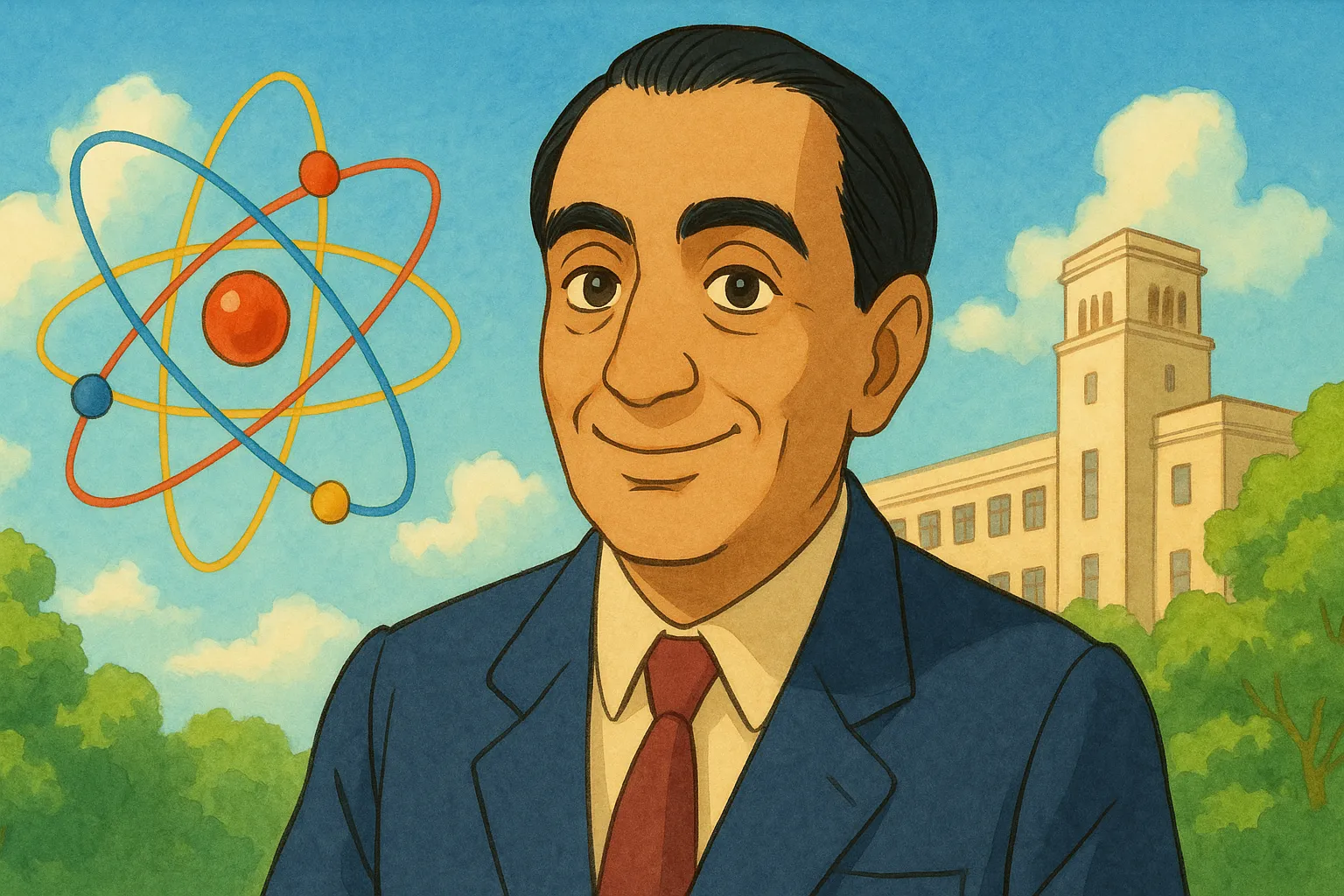
Frequently Asked Questions
Where did Homi Bhabha study physics?
He studied and worked at the University of Cambridge in England before returning to India to build research institutions.
What is Bhabha scattering?
It's a physics result Bhabha developed that explains how electrons and positrons (tiny particles) bounce off each other; it helps scientists study particle behavior in experiments.
Are places named after him?
Yes. The Bhabha Atomic Research Centre (BARC) and the Homi Bhabha Centre for Science Education (HBCSE) are among institutions named in his honor.
